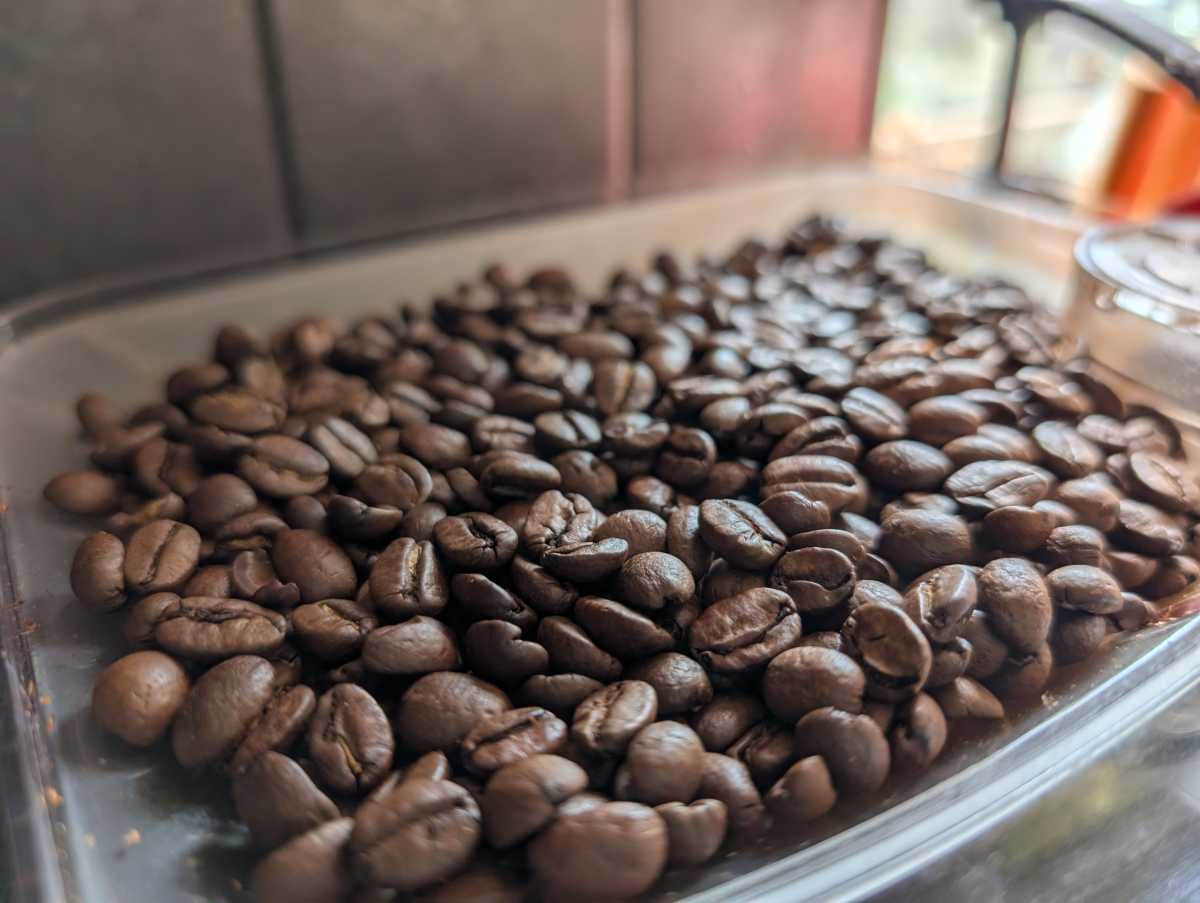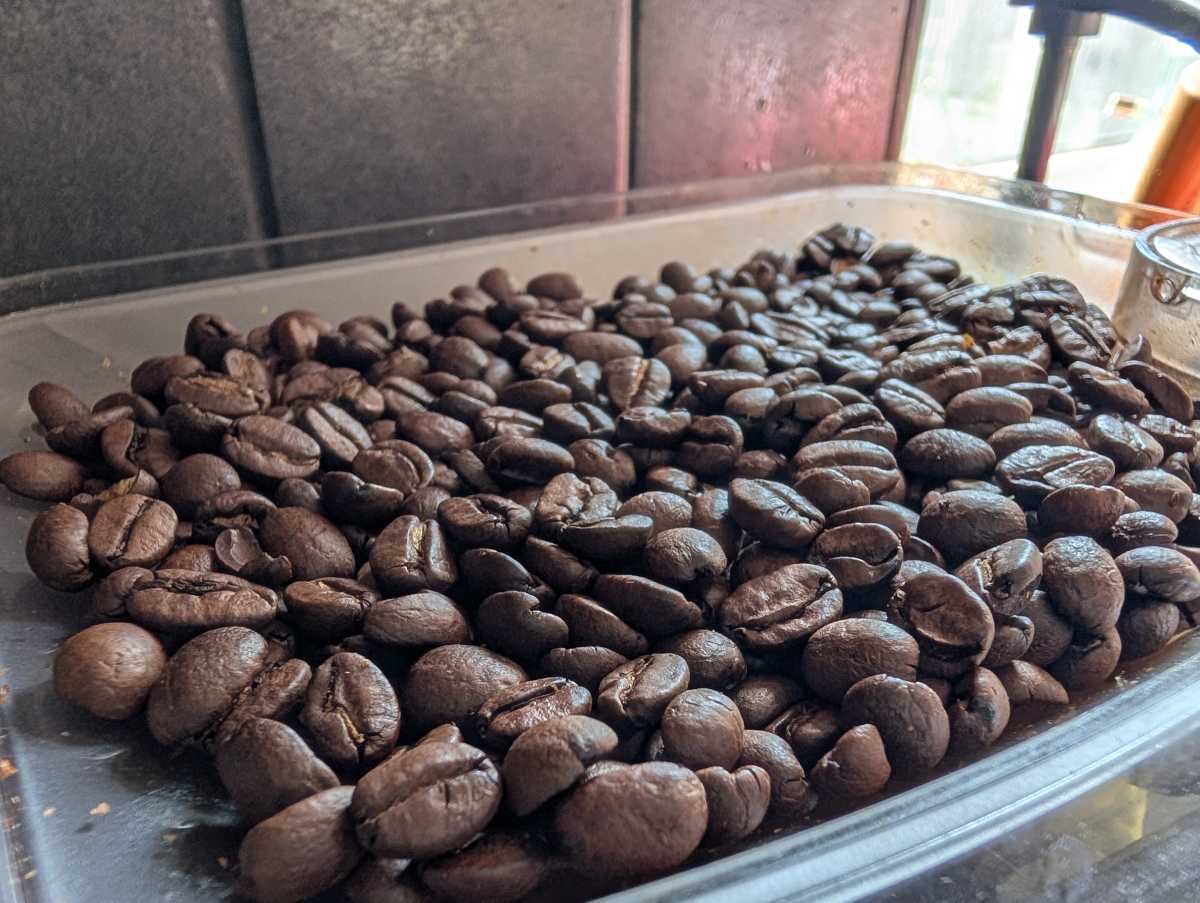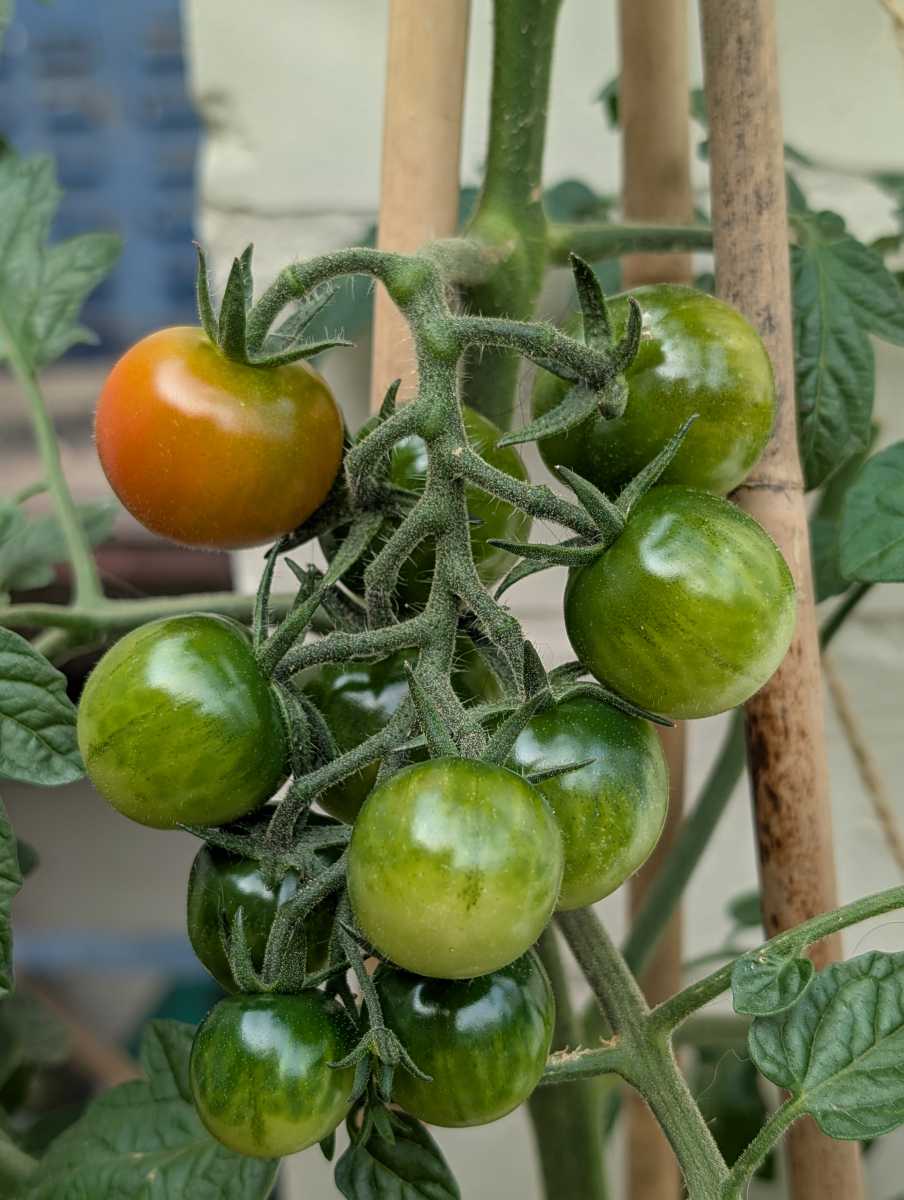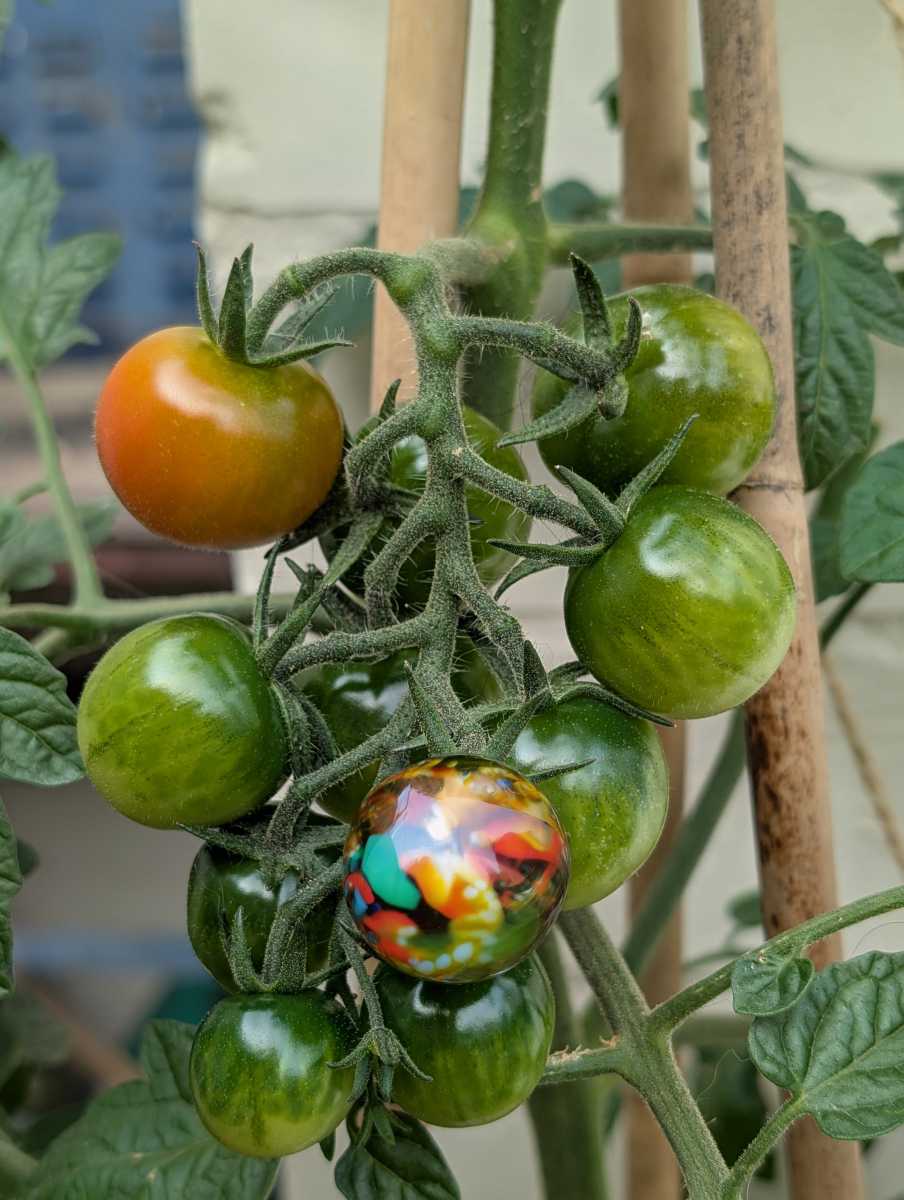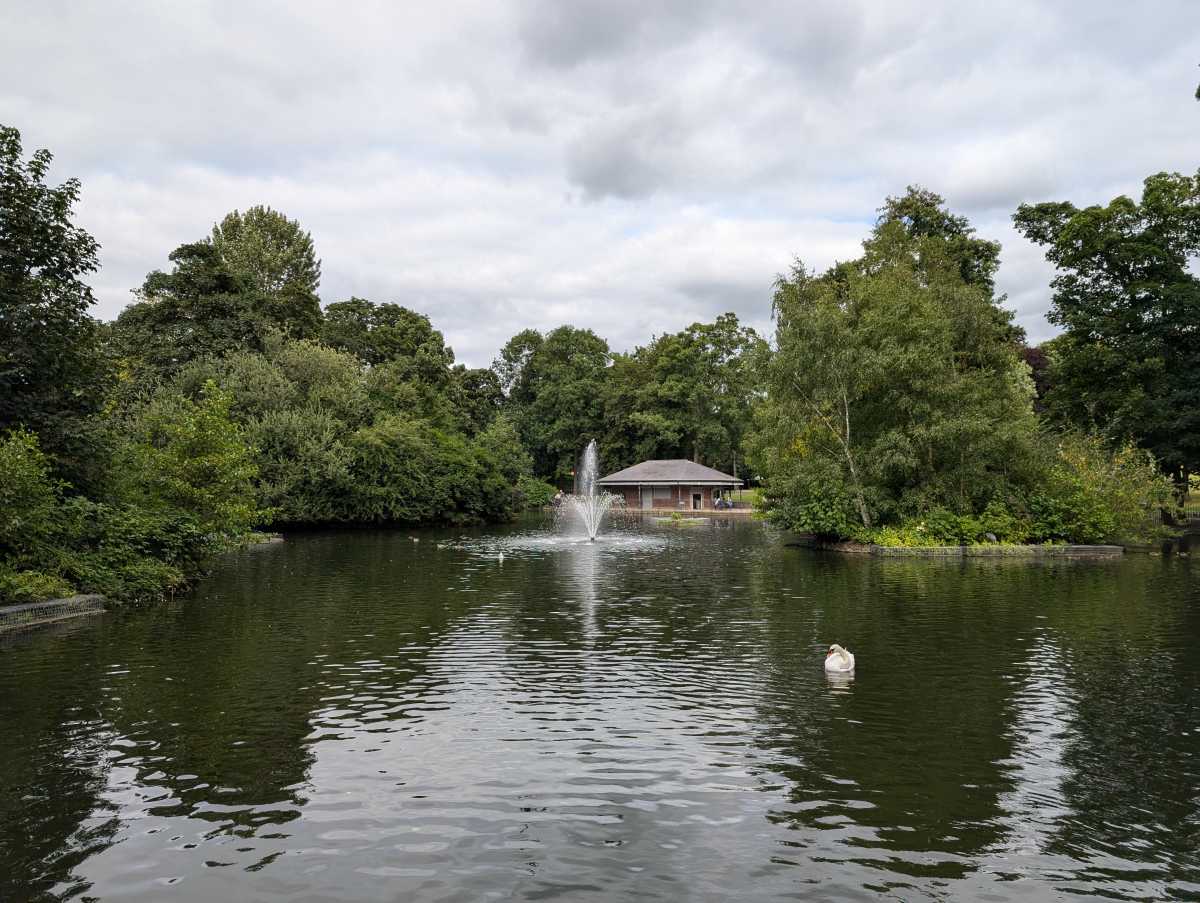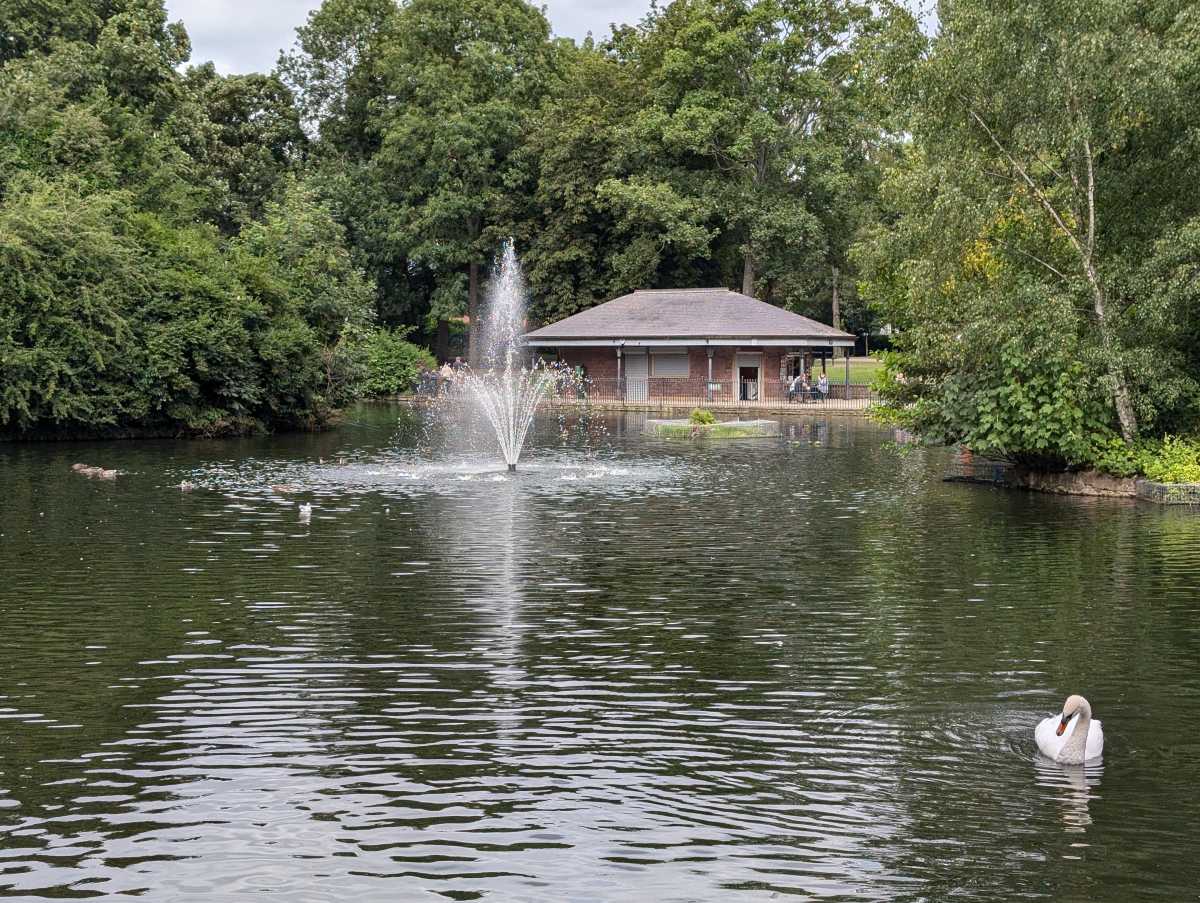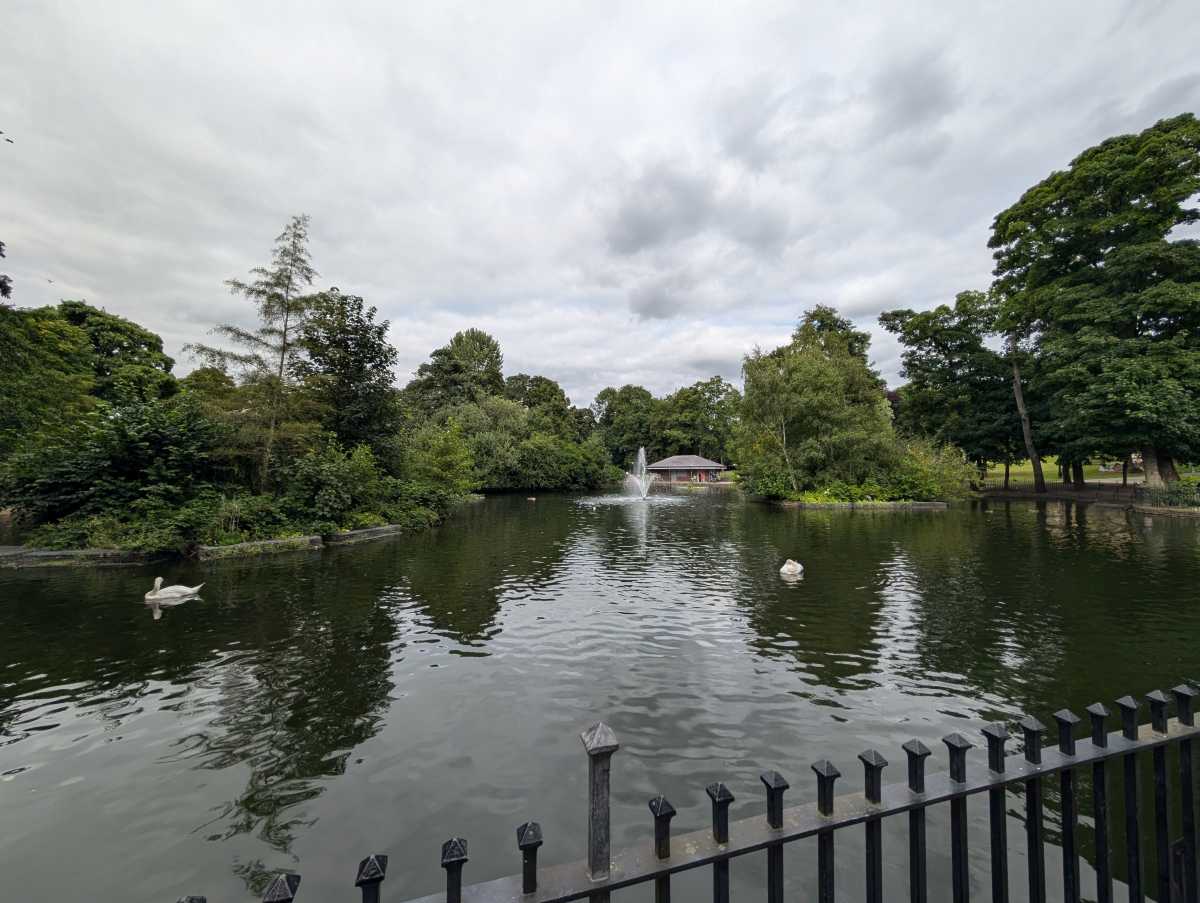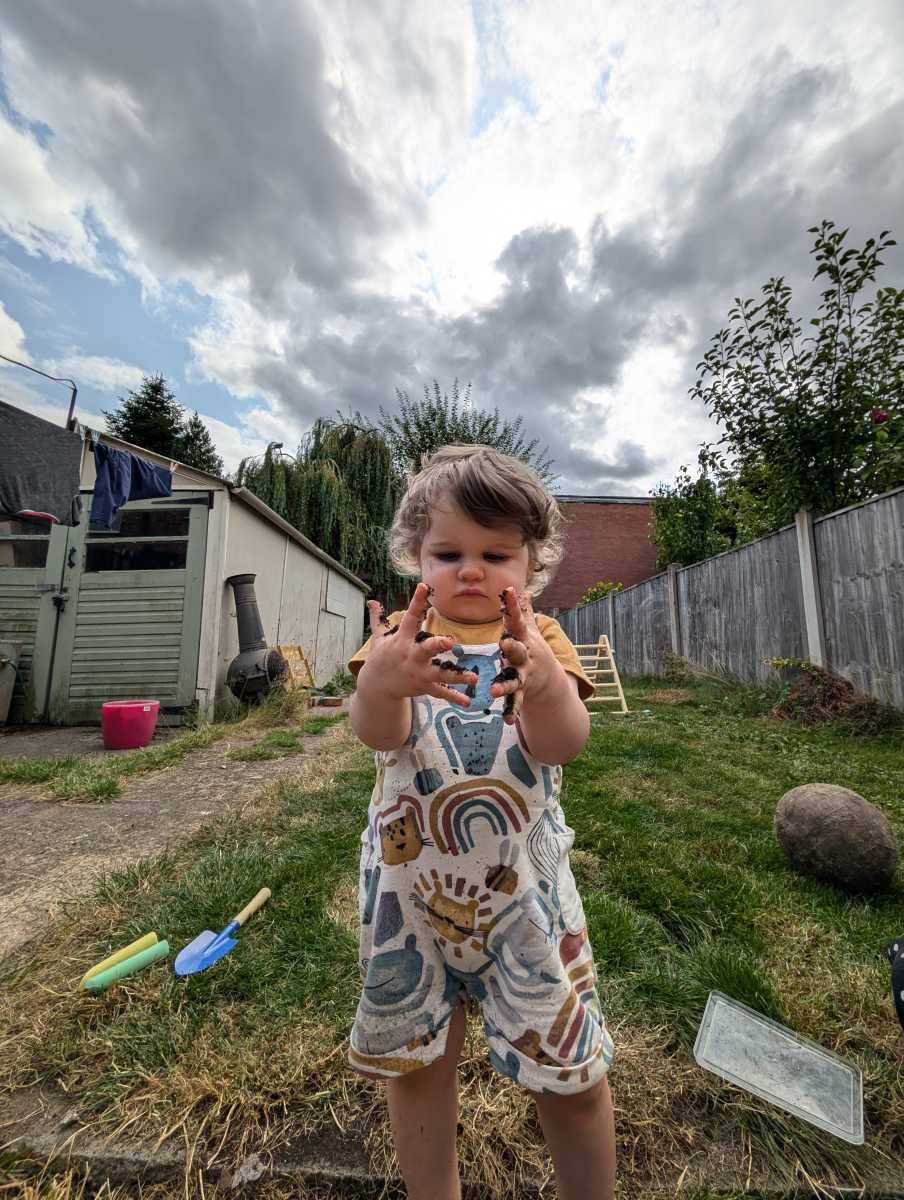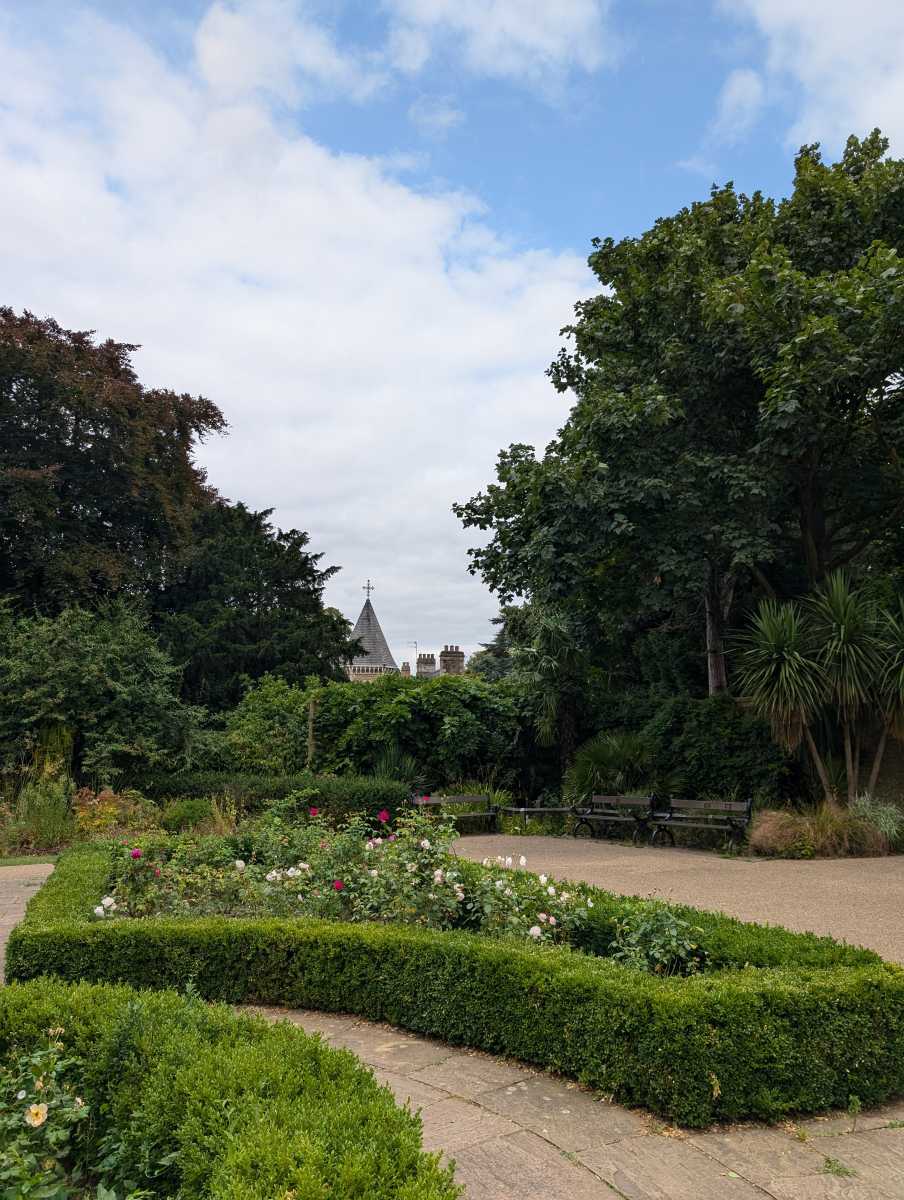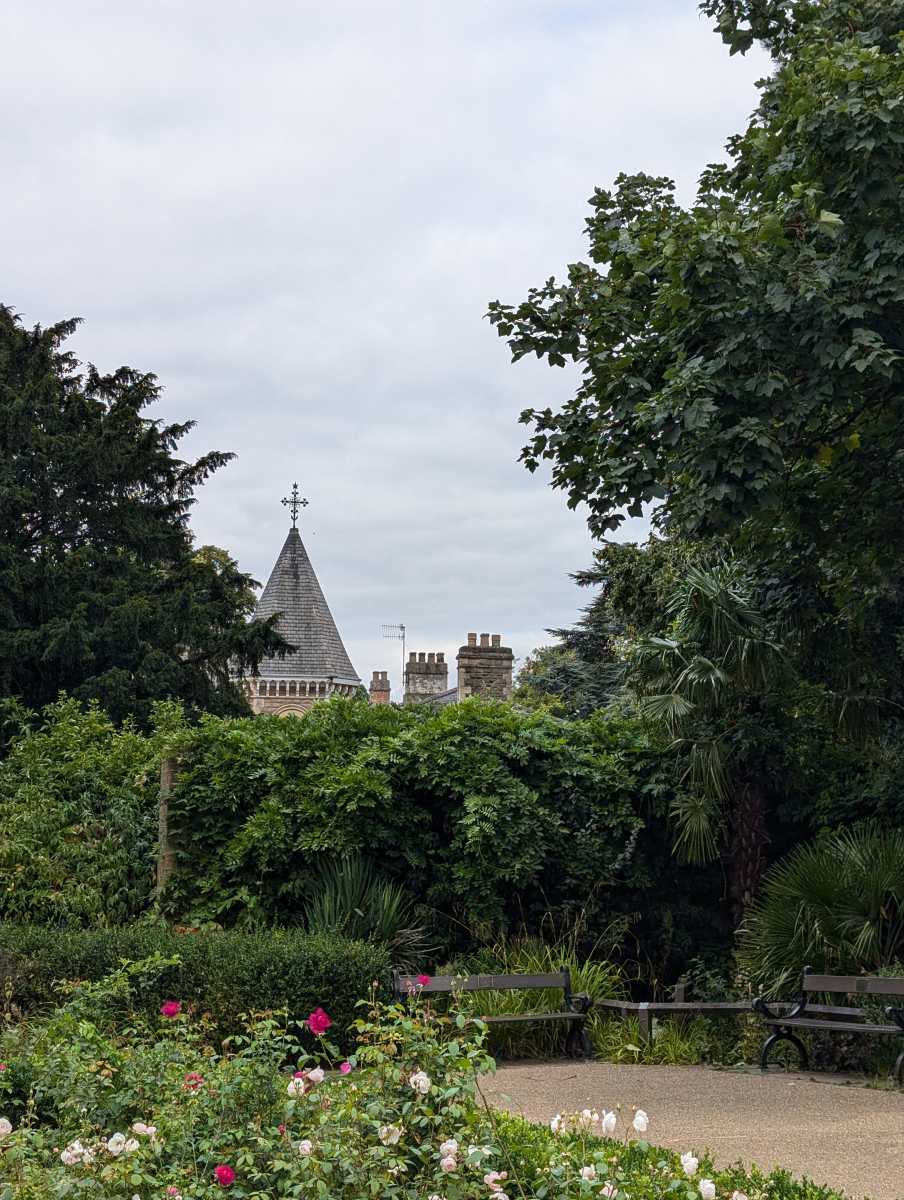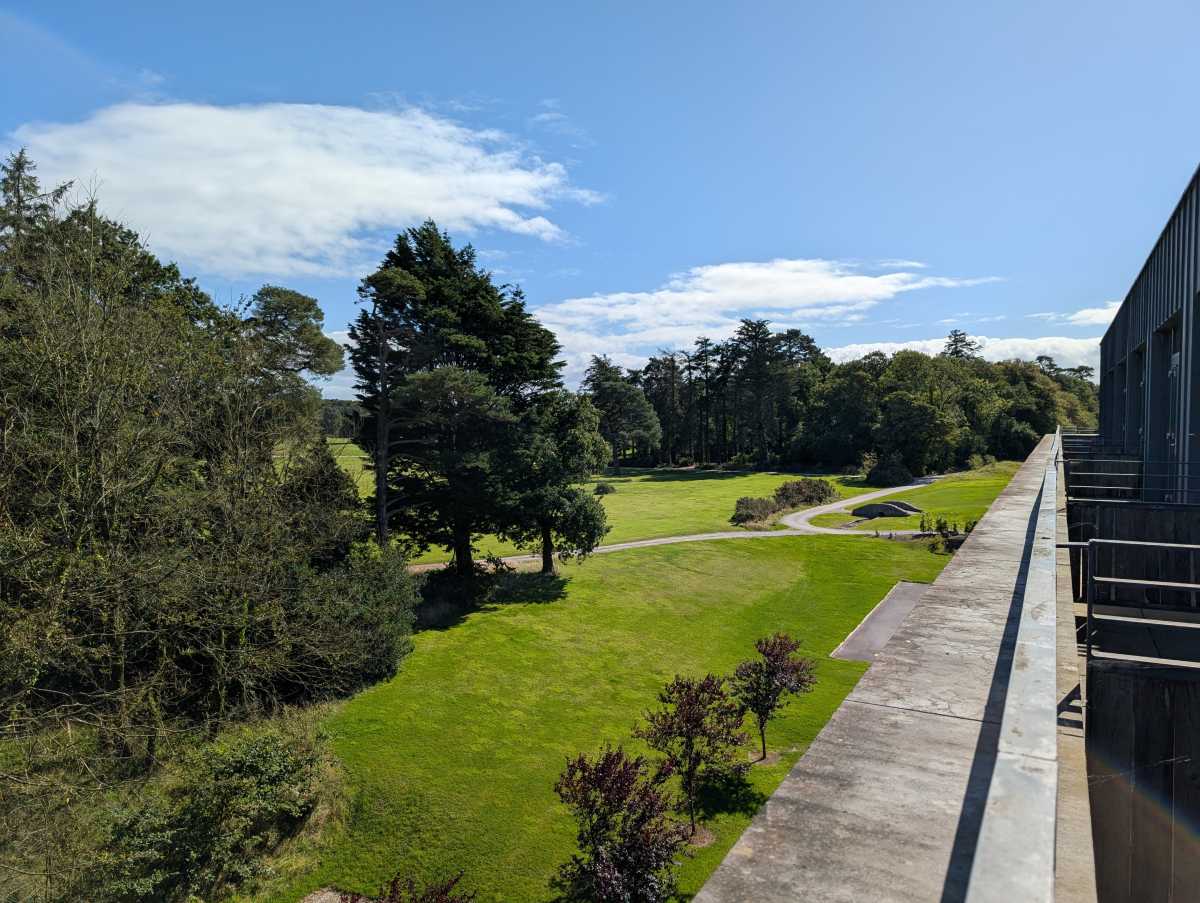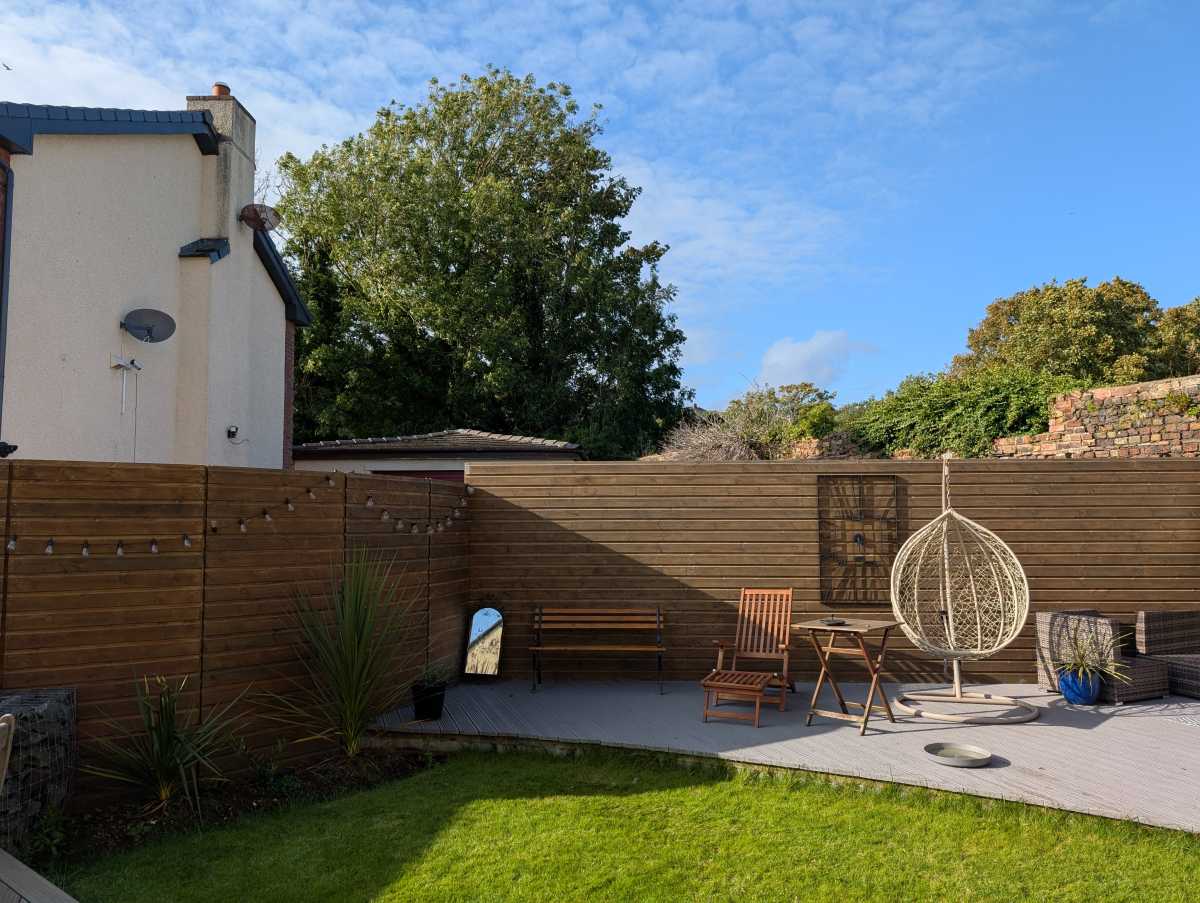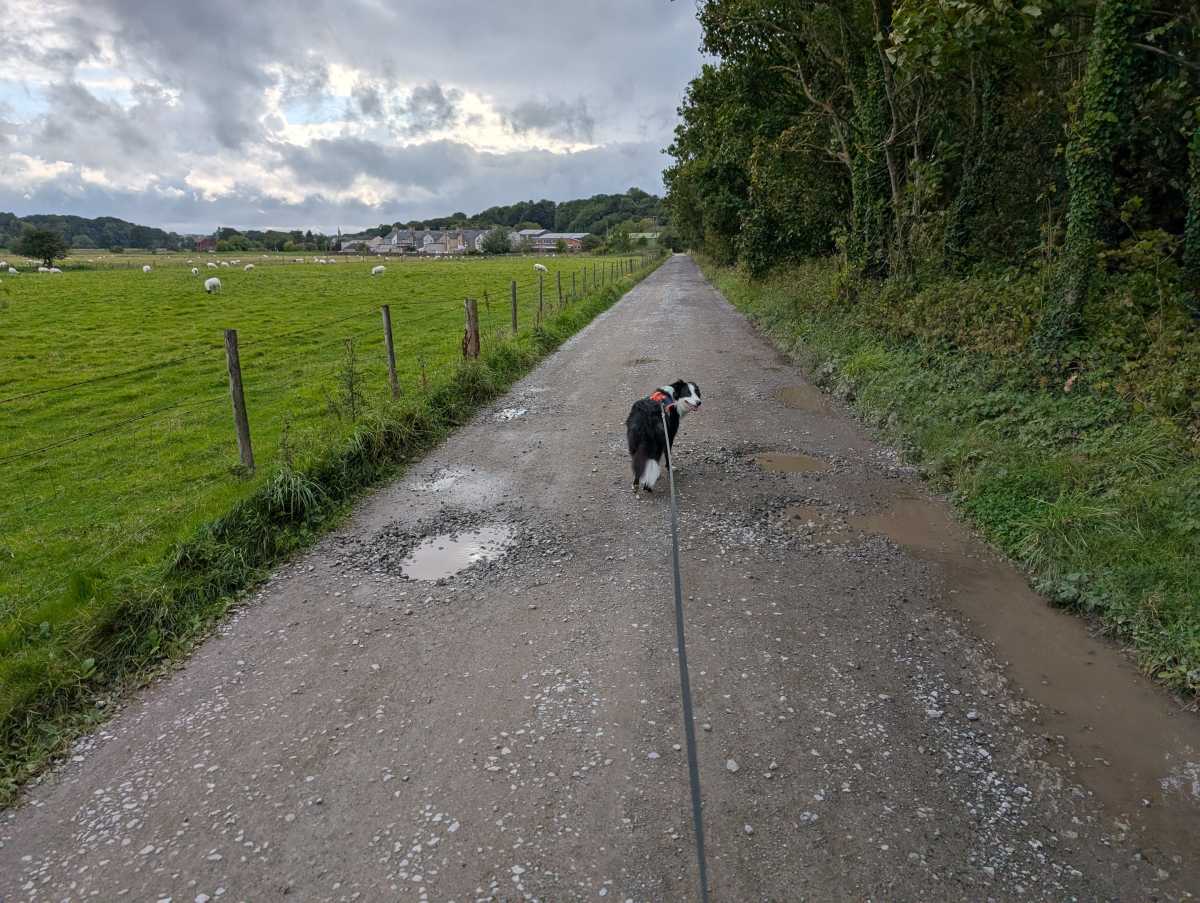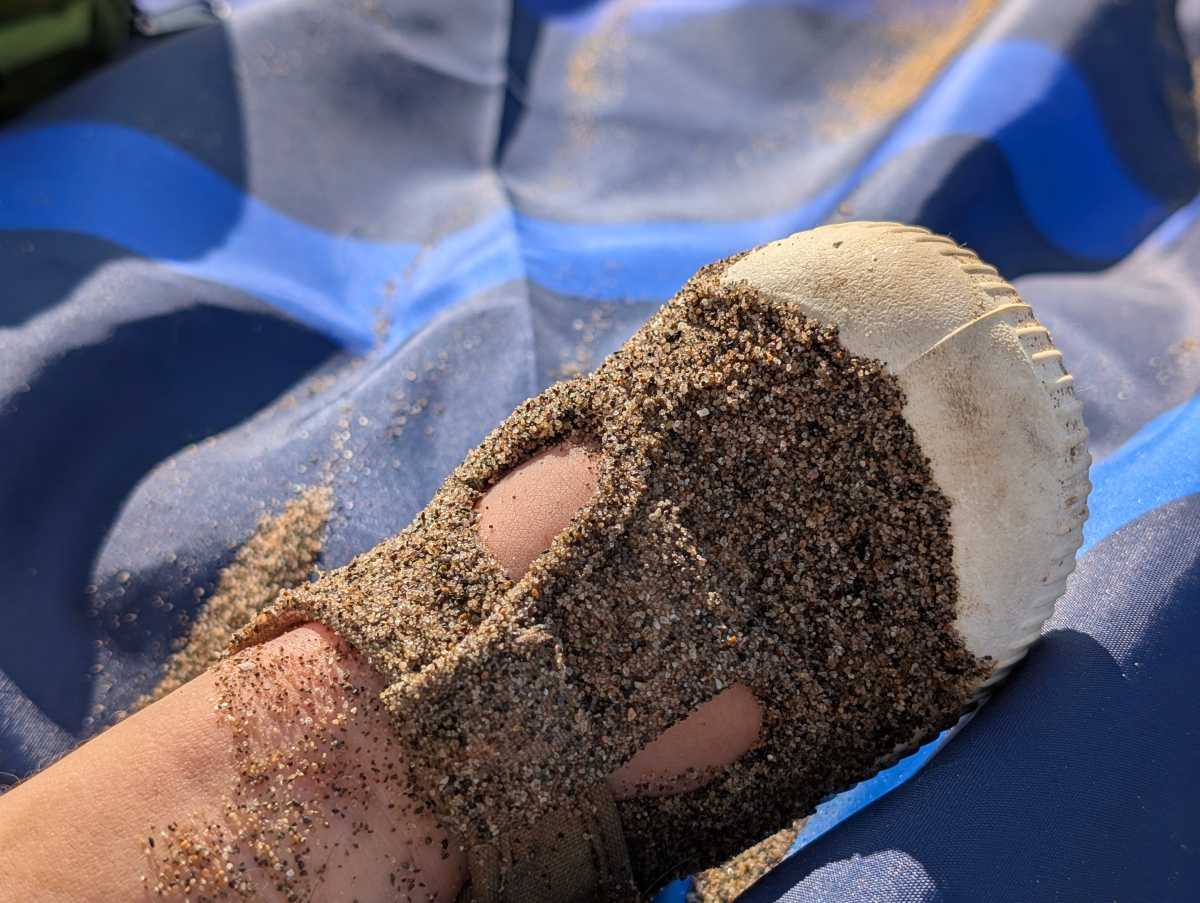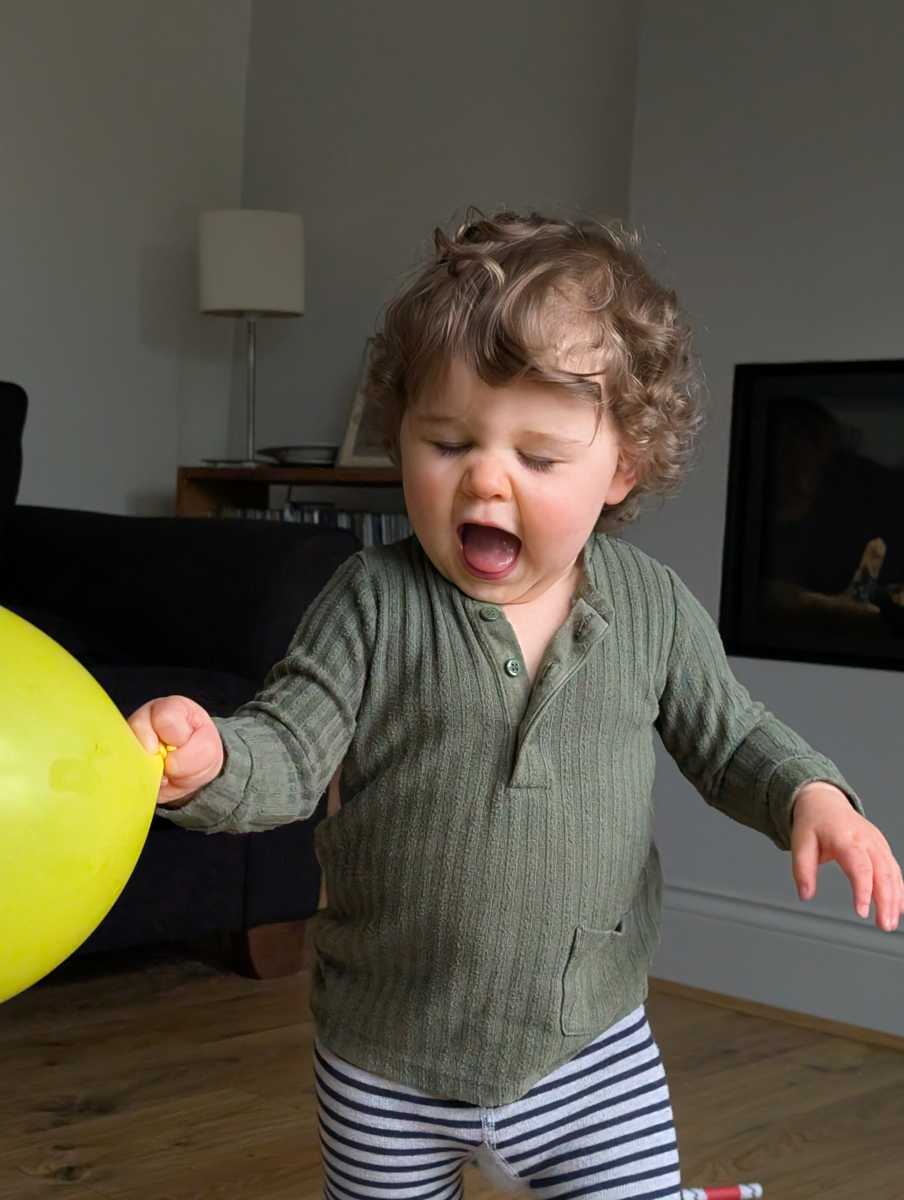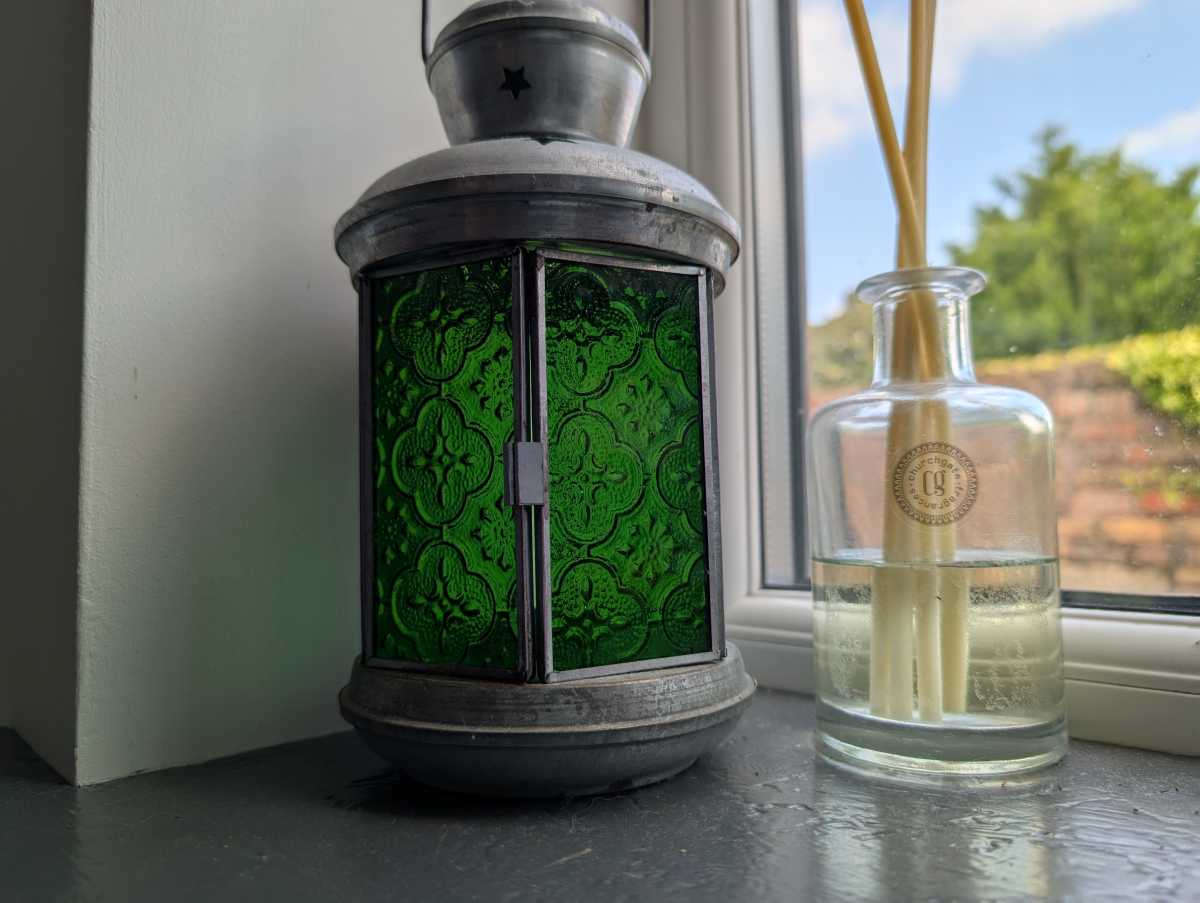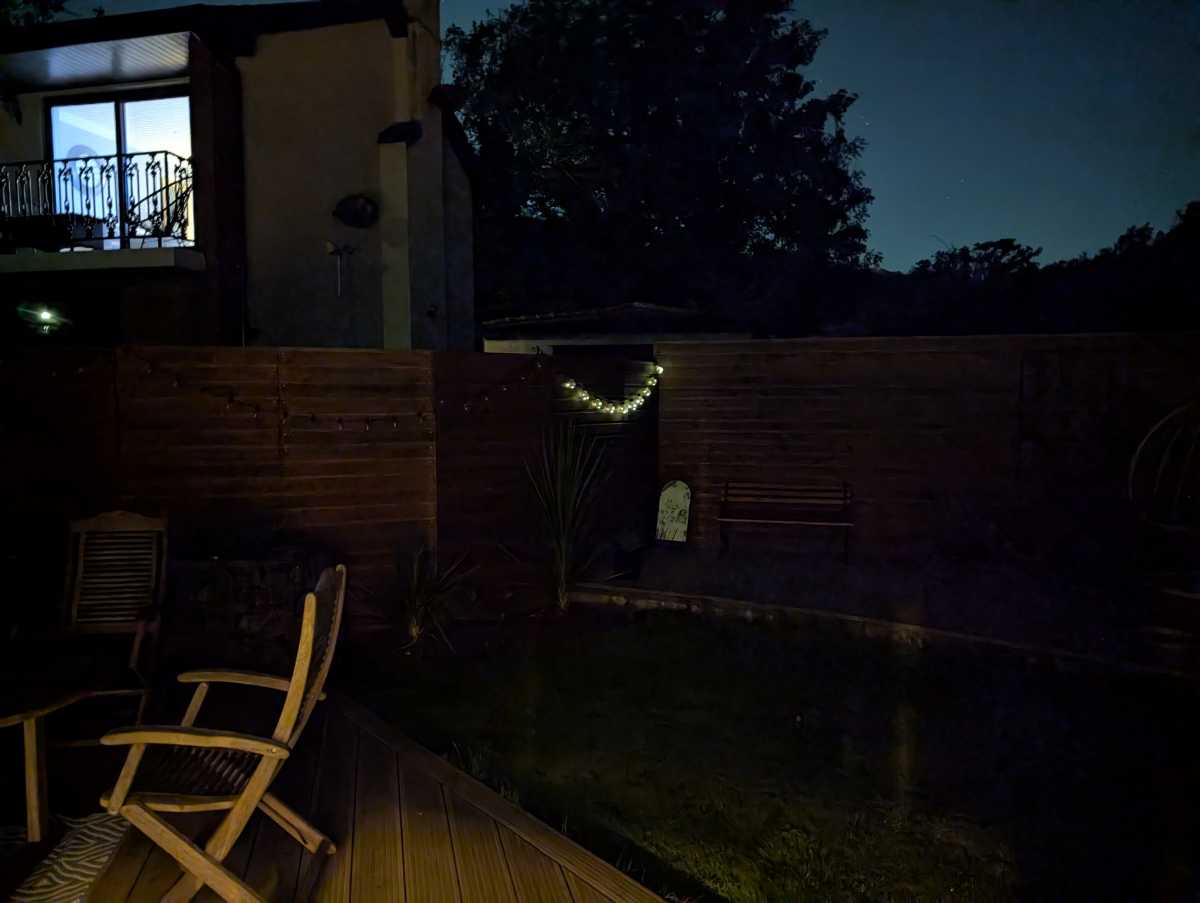Expert's Rating
Pros
- Premium design and build
- Excellent screen
- Long software support
- Solid cameras
Cons
- Middling battery life
- Confusing charging speeds
- Unfinished AI
Our Verdict
The Pixel 9 is a trickier recommendation than normal due to its price increase, lack of upgrades in certain areas and push towards AI features that aren’t all in a ready to ship state. But software issues can be largely ignored and the phone should get better over time in this respect.
Price When Reviewed
This value will show the geolocated pricing text for product undefined
Best Pricing Today
Best Prices Today: Google Pixel 9
Google’s 2024 flagship phone range is now on sale, and I’ve been using the cheapest Pixel 9 handset for over a month.
With all the new AI features, including Gemini, and the unusual clash of IFA, it’s taken longer than normal to fully test the phone. So, is the entry-level Pixel 9 the best phone for you? Can it outpace the iPhone and Galaxy S24?
Another price rise, making the phone £799/$799, means it doesn’t have the luxury of undercutting big-name rivals. And Google has even implemented a design overhaul that makes the Pixel 9 more like its fruit-themed rival than ever before.
It’s a solid phone once again, but whether you should buy it comes down to whether you want to spend this much money on a flagship which has AI as its headline draw.
Design & Build
- Overhauled with iPhone styling
- More premium finish and build
- Four colours to choose from
Let’s start with the design. Although I’ve been a fan of Pixel phone designs since the start, I’m a bit torn this year.
Google has always ensured that Pixel handsets have had a distinct character, from the two-tone backs of early generations to the divisive camera bar introduced with the Pixel 6.
I’ve always liked Google’s overall aesthetic of pebble-like shapes and generally nice colours, but the Pixel 9 series has had something of an overhaul in a different direction.
Build quality certainly feels better than ever but Google has, to put it simply, gone iPhone with the design this year.
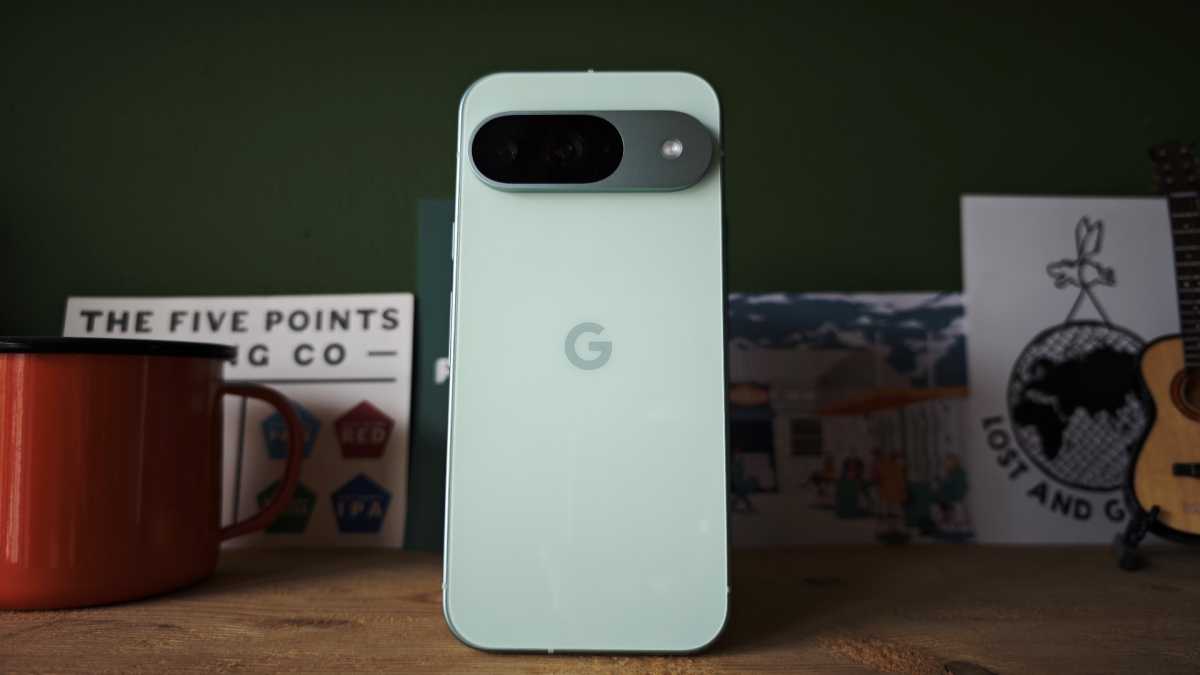
Chris Martin / Foundry
The flat sides and rounded corners are straight out of the Apple design book. Apart from subtle details like button placement and the glossy rear cover, it’s the camera bump that would be the only big giveaway if you handed me the Pixel 9 and iPhone 15 blindfolded.
It’s not that Google has done anything overtly wrong here, but it’s a shame to lose most of the Pixel personality and conform to trends instead. I prefer the old camera bar design that blended into the sides and the new polished back (Gorilla Glass Victus 2 like the front) is one of the most slippery I’ve ever used.
Google has, to put it simply, gone iPhone with the design this year
Google supplied me with an official silicone case and it’s necessary to stop the phone wandering off by itself or sliding out of your hand while waiting for your train to arrive. Oddly though, after a month of use one corner almost always needs popping back into place when I take the phone out of my pocket.
It’s a shame, as ever, to cover the phone up. Particularly as I love the Wintergreen colour of my review sample. The phone is also available in Porcelain (off-white), Obsidian (black) and Peony (pink) if you’d prefer.
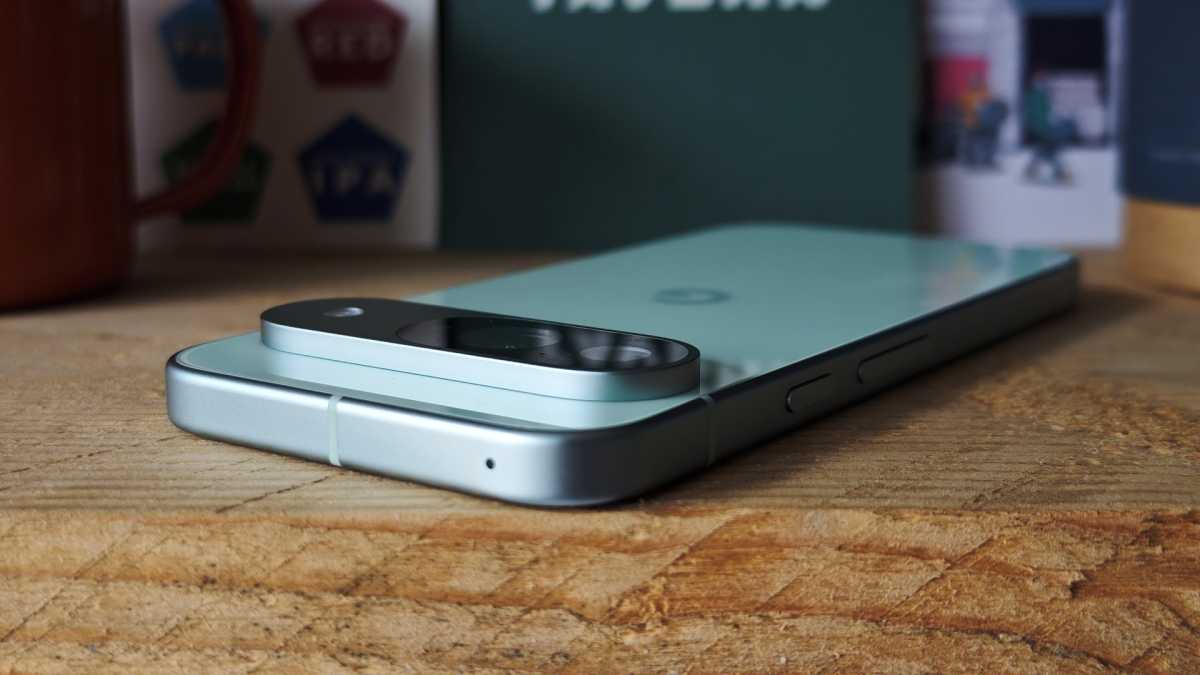
Chris Martin / Foundry
Although the phone is slimmer than the Pixel 8 at 8.5mm, it’s heavier at 198g. It’s verging on too heavy, but I’ve found it ok to handle. The phone, as usual, is IP68 dust and water resistant.
Haptic feedback is good although noticeably different from rival phones. I’d say it’s perfectly good most of the time but is a little tight which can get annoying when gaming.
When it comes to eco-credentials, the aluminium in the Pixel 9’s housing is 100% recycled. Overall, it’s made with 20% recycled materials (based on weight) and the packaging is completely plastic-free.
Screen & Speakers
- 6.3-inch, 120Hz Actua display
- Bigger and brighter than Pixel 8
- Ultrasonic in-display fingerprint scanner
The first thing to talk about with regards to display is the new Actua screen itself. It’s a lot brighter than before – peaking at 2,700 nits – so I’ve found it easier to use outside than previous generations. I measured it at an impressive 943 nits, which is way higher than most phones on the market.
The display is a tiny bit bigger than last year at 6.3 inches and the thinner bezel makes the Pixel 9 look more premium, too.
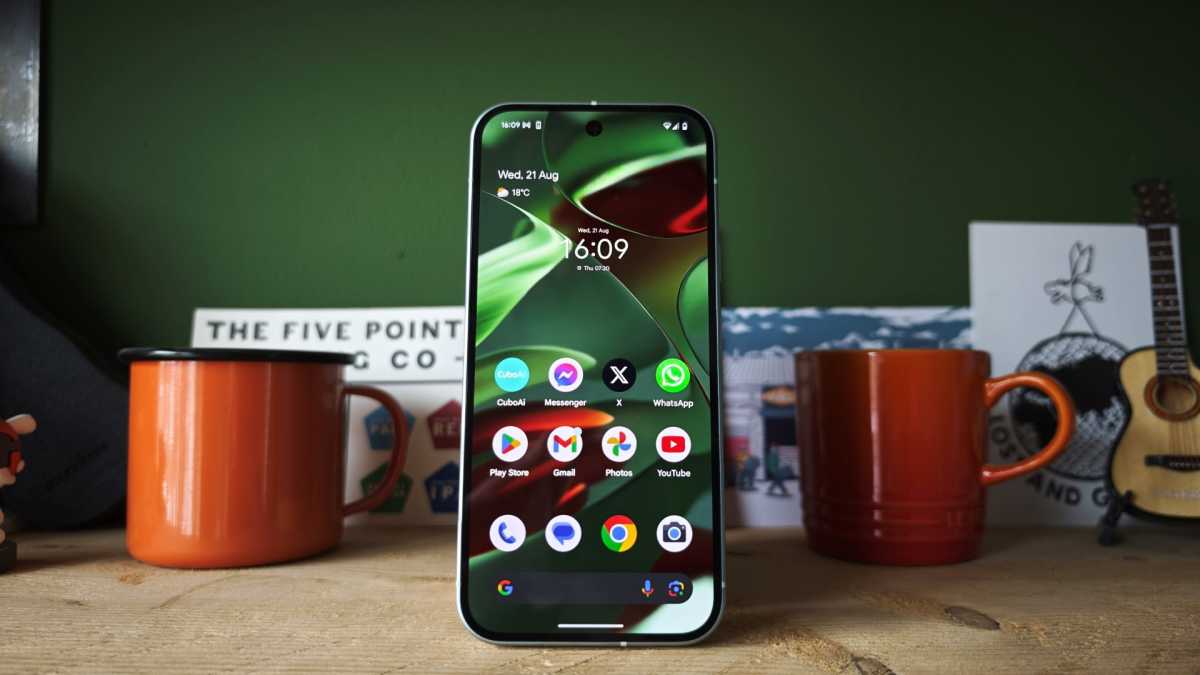
Chris Martin / Foundry
It still lacks LTPO tech in order to drop the refresh rate down to 1Hz which would help the battery life (more on that later). It’s tech that’s understandably reserved for the Pro models, but I do miss it.
At this point it’s worth noting that the 9 Pro has the same screen size, providing the rare option for a compact(ish) Pro phone. Your other option is the Pixel 9 Pro XL, but that has a 6.7-inch screen.
Still, the display is flagship level in almost every way, with its punchy OLED colour and contrast, crisp resolution and 120Hz refresh rate (something that’s still limited to the Pro models of the iPhone 16 range).
The display is flagship level in almost every way, with its punchy OLED colour and contrast, crisp resolution and 120Hz refresh rate
Gladly, Google has finally swapped from an optical fingerprint scanner to an ultrasonic one and performance is much better on this front. Google’s version of Face ID works well, too, and it’s secure enough to be used to authenticate payments and log into banking apps.
There’s no headphone jack, as usual, but the dual stereo speakers do a solid job of playing music or otherwise when you need them. Of course, you can easily connect a pair of headphones or a speaker via Bluetooth.
Specs & Performance
- Google Tensor G4 chipset
- Upgraded RAM
- Two storage capacities
You could argue that Google has always been a little bit behind on core hardware with the Pixel phones, though not in any major way.
This year, of course, you get Google’s latest Tensor G4 chipset, which in a month of usage has been running the phone perfectly smoothly. There’s also a big 50% bump to the memory, so you get 12GB as standard now (the Pro models get 16GB).
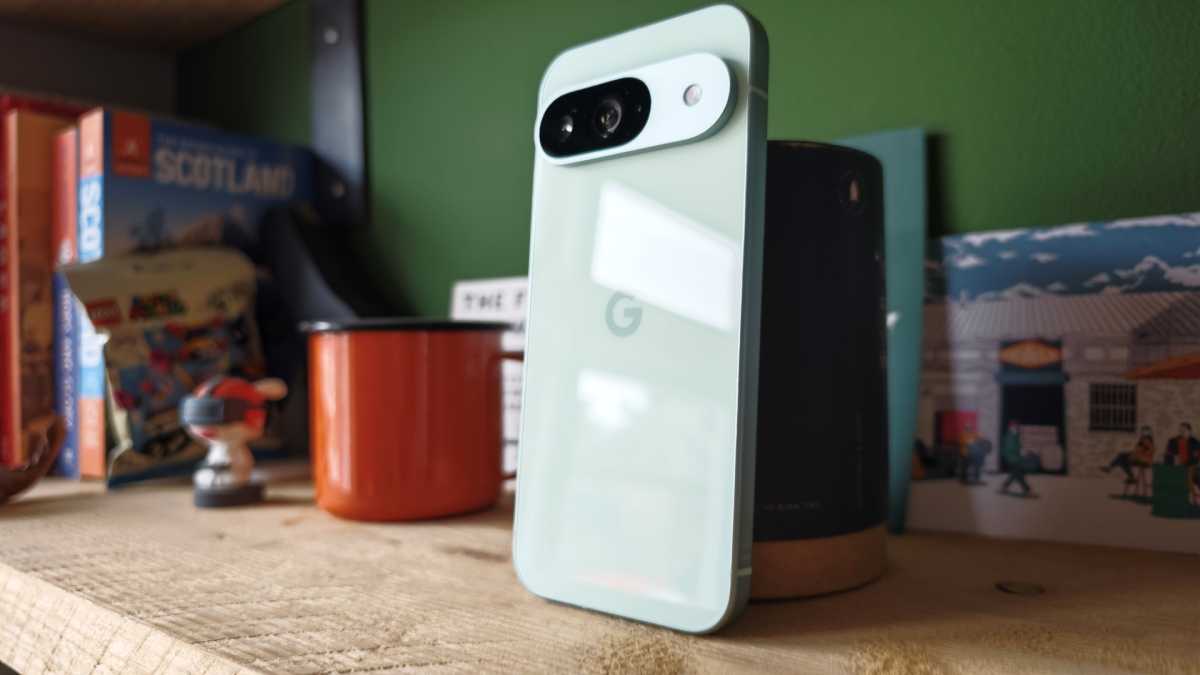
Chris Martin / Foundry
For storage, you can choose from 128- or 256GB and with no Micro-SD card, think about it wisely. The problem you don’t have here compared to the 9 Pro models, is that every colour is available in both capacities.
You get Google’s latest Tensor G4 chipset, which in a month of usage has been running the phone perfectly smoothly
While the phone might not benchmark with overly impressive scores, remember that these are synthetic and don’t always mean a noticeable difference in the real world. Here are the benchmark results compared to other Pixels and rivals like the Xiaomi 14 and OnePlus 12.
Google Pixel 9 benchmarks
There are plenty of top-level pieces of hardware packed inside the Pixel 9, including 5G support, Dual SIM (single nano-SIM and eSIM), Wi-Fi 7, Bluetooth 5.3, NFC, GPS and more.
Cameras
- 50Mp main camera
- 48Mp ultrawide
- 10.5Mp selfie
- AI features for days
Things are similar on the camera front compared to the Pixel 8, with the main upgrade being a jump from 12- to 48Mp for the ultrawide camera. You still need to buy a Pro to get a telephoto lens, of course, as well as a higher resolution selfie camera.
Overall, it’s no surprise that on the 9th generation, the Pixel is still an extremely solid phone for photography and video. It’s a great point-and-shoot camera for those that don’t want to get into the nitty-gritty of f-stops and white balance etc.

Chris Martin / Foundry
The vast majority of the time, you know you’re going to get a shot that’s worthy of sharing on social media or printing out. Selfies are solid even though you don’t get the more impressive camera the Pro models wield.
However, I do have a few little gripes before talking about all the latest AI features.
A feature I turned off within a couple of days is auto macro focus, which automatically selects the ultrawide camera for close-up shots. You might be able to get closer with the ultrawide and stay in focus, but I still prefer the results from the main camera, which are crisper and benefit from natural background blur.
It’s also not the best for low-light photography when your subject isn’t a still object. It’s a problem for almost any phone camera and I’m perhaps noticing it more now I’m taking pictures of a toddler who rarely sits still.
The Pixel is still an extremely solid phone for photography and video
But even cheap phones can produce solid photos, so it’s AI that’s the big selling point these days. Google has been packing it into Pixels for years with features like Photo Unblur, Best Take and more, but there are more new additions here.
The flagship feature this year is Add Me, which allows the photographer to be part of the photo. You take one photo, hand the phone to someone else and then go and pose like you were in it all along, with an AR overlay helping you get the shot lined up properly.
Results are mixed and rely on you leaving enough space to fit the additional person in. You can’t do things like put your arm around someone or even sit close together without it looking very obviously fake.
Sometimes you might get a good result, but I can’t see it being a feature I’ll use much at all. Selfies are fine for my personal usage, or simply ask someone who doesn’t need to be in the shot to take the photo.
Another huge feature is called Reimagine. It’s oddly buried within Magic Editor, requiring you to open a photo, click edit and then tap the icon in the bottom left.
Now you can circle, brush or tap an area of the image to be ‘reimagined’. Now comes the AI element and you can tell it what you want with a few words, whether you want to change a tree to another species, make the ground lava or add an object that was never there.
The problem with these AI tools, as ever, is experimenting to figure out what works and what doesn’t. In my testing, the answer was often that Magic Editor couldn’t do it, even when using suggested prompts.
If you persevere then you can get good results and you get four options to choose from and keep refreshing. Many come out looking good, but have the usual AI flaws when you look closer. It’s certainly enjoyable and impressive rather than useful and I could imagine my daughter having fun with it when she’s older.
Battery Life & Charging
- Bigger battery
- Middling battery life
- Confusing charging speeds
When Google announced the Pixel 9 phones, it seemed like they all came with 45W charging. After all, the official 30W charger was replaced by a 45W version.
However, it’s not the case and only the 9 Pro XL can make use of this charger (you don’t get one in the box). And even then, only at 37W. Meanwhile, the 9 Pro and 9 are capped at 27W.
Read more in my article: The truth about Pixel 9 charging speeds
For wireless charging, you get 15W if using the Pixel Stand accessory or 12W with a Qi compatible charger. There is reverse wireless charging to top up earbud cases etc, but it’s even slower.
It’s not great for a flagship phone this price, and 45W charging would have been a welcome upgrade, considering the battery life isn’t as good as I’d hoped or expected.
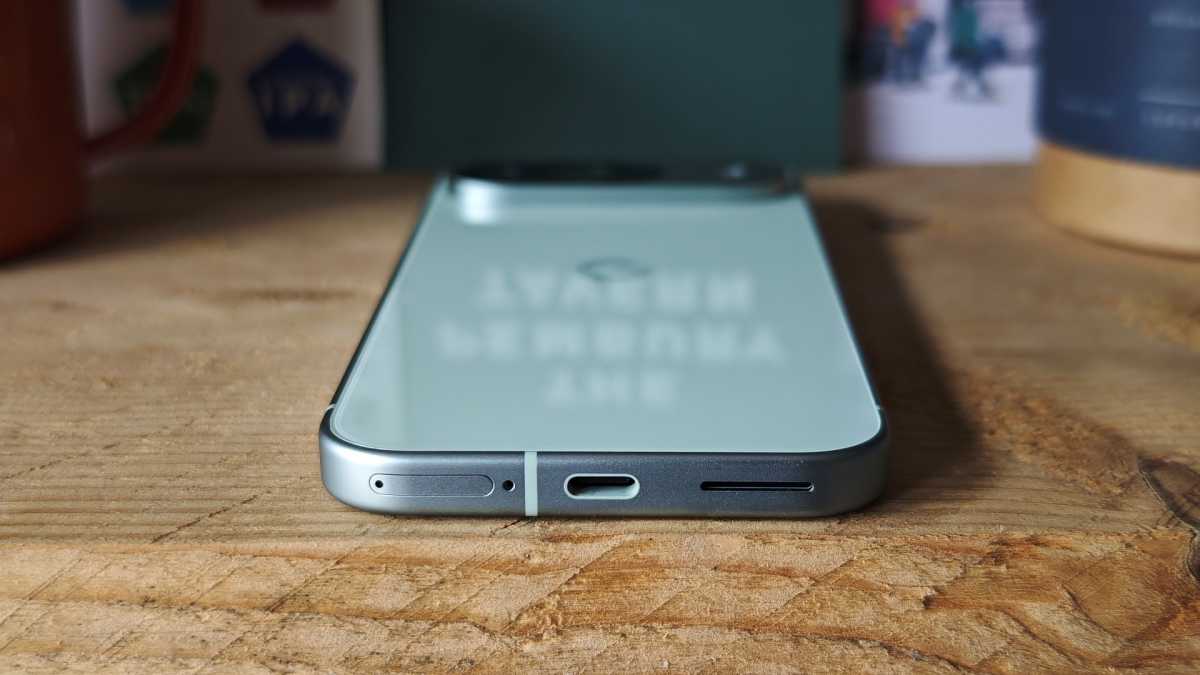
Chris Martin / Foundry
Google bumped the battery to 4700mAh but that’s still short of many rivals and the Tensor G4 doesn’t seem to be any easier on power consumption than previous generations.
‘24+ hour battery life’ is the official line, though the company admits in the small print that “Extreme Battery Saver mode was enabled” to hit this figure.
In my experience, I can get the Pixel 9 to last a day and a little bit beyond, but that has to be with light usage. Anything you might consider average usage will see the phone topping up each night at the latest.
45W charging would have been a welcome upgrade, considering the battery life isn’t as good as I’d hoped or expected
I’ve found it hitting the battery-saver notification at 20% more often than previous Pixels and often when I felt like I hadn’t even used the device all that much.
I can keep it easily topped up with the Pixel Stand 2 on my desk. But at the weekend, when I’m more likely to be out and about with my family, I don’t have confidence in Pixel 9 to make it through. Packing a power bank into my bag is necessary to avoid worrying about running out of charge.
In our usual PCMark for Android test, the Pixel 9 managed an impressive 14 hours and five minutes, but on this occasion, it didn’t translate to actual usage.
Software & Apps
- Android 14
- Seven years of updates
- A move to AI with Gemini and more
It may come as a surprise that the Pixel 9 series ships with Android 14. This is because Google launched them earlier in the year than normal and Android 15 isn’t quite ready at the time of writing.
However, you’ll be the first to get 15 when it does arrive, and Google still offers seven years of OS, feature drops and security updates, so I don’t consider it to be a big problem.
There’s still a lot of new stuff here regardless. Google Gemini is the main one, and such is the AI drive in tech right now, there’s a lot to break down and try out.
I don’t think Google has done the best job of communicating what Gemini is and its details like whether it’s a replacement to Google Assistant (it is on the Pixel 9 series). As with a lot of AI tools, it’s also hard to know exactly what it can and can’t do.
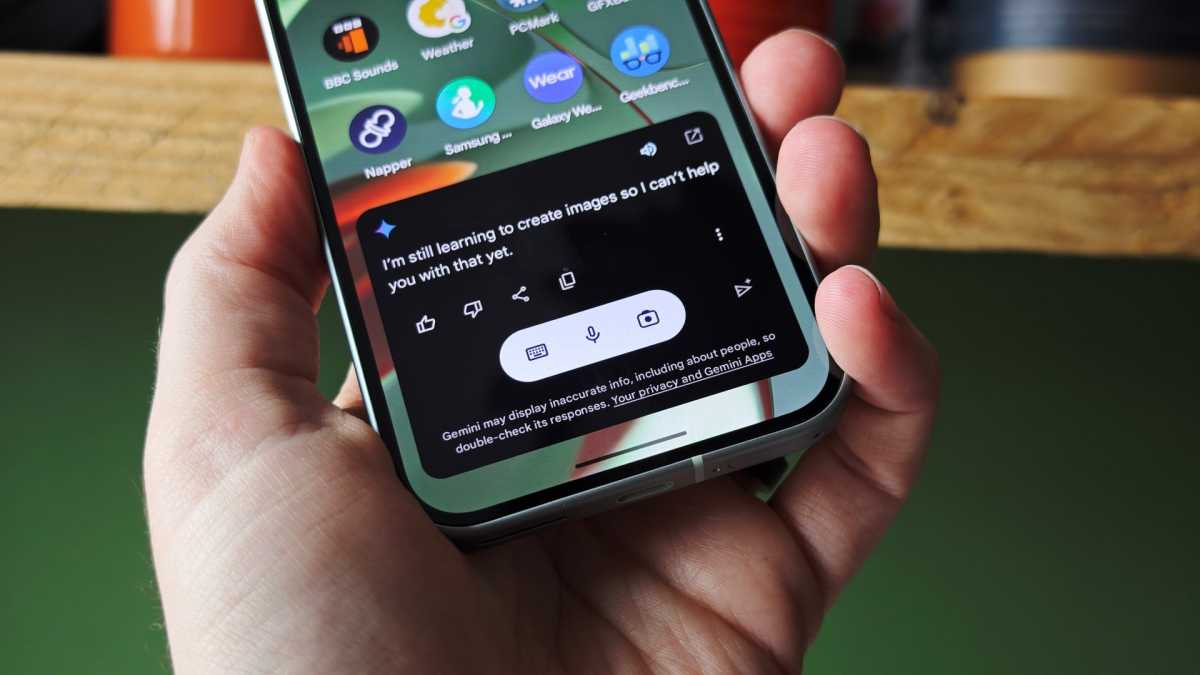
Chris Martin / Foundry
The first time I opened Gemini, it told me it could create images but when I ask for one it says it can’t do that. The Pixel Studio app, which is dedicated to this task, also seems to be limited to the Pro models.
It also says it can help with specific requests like changing phone settings and while it can turn Bluetooth on and off, for example, it can’t change my screen timeout to a different length.
After a month of using Gemini, it’s a real mixed bag of results. For example, it can summarise important emails but didn’t realise my bin reminder from the local council was no longer applicable but told me it was due to be put out ‘tomorrow’.
After a month of using Gemini, it’s a real mixed bag of results
It could find emails relating to a band I want to see but couldn’t tell me if I was free that day.
The list goes on so, as with many AI tools, it’s trial and error along with waiting for Google to improve the accuracy and functionality. I suppose at least it’s there, while early adopters of the iPhone 16 range will have to wait for Apple Intelligence.
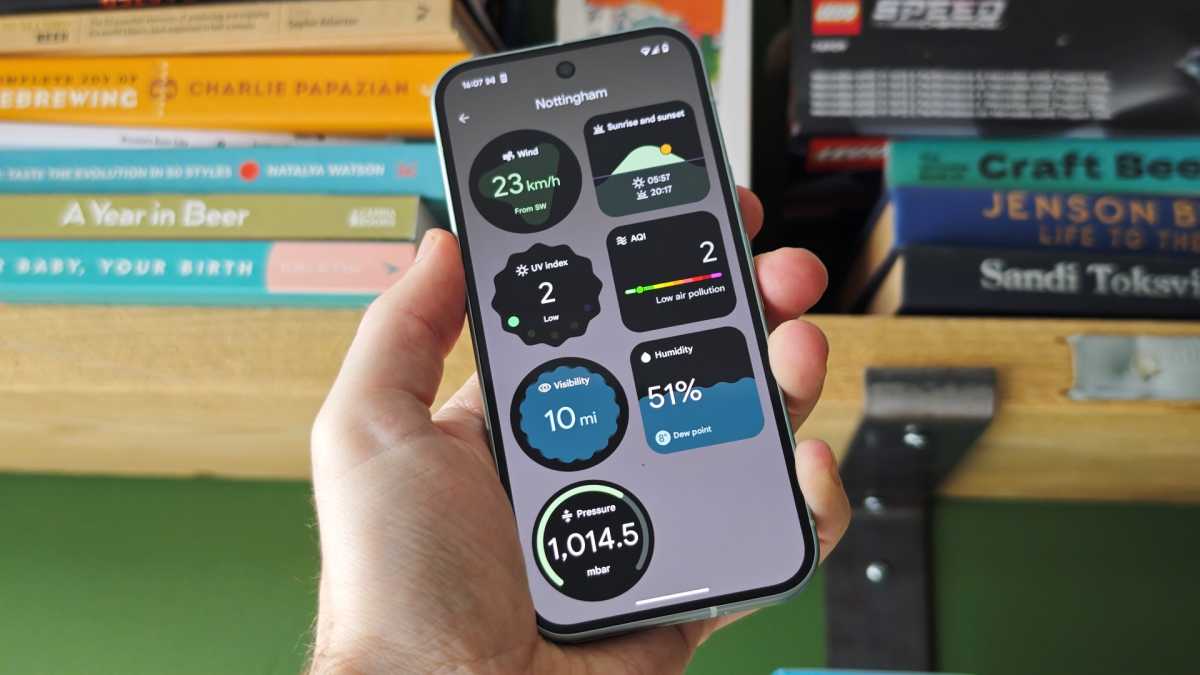
Chris Martin / Foundry
The other confusion – which is very unlike Google – is the new weather app. I really like it so far, but it means there are now two. The one built into the home screen underneath the date links to the old version, which the phone even prompted me to create an app icon for.
I don’t like to see devices shipping with the promise of features coming in the future, but it might have been better for Google to iron these issues out and release them with Android 15 later. It’s telling that the phone says to “double-check its responses”.
Related: The three Android 15 features I can’t wait to try first
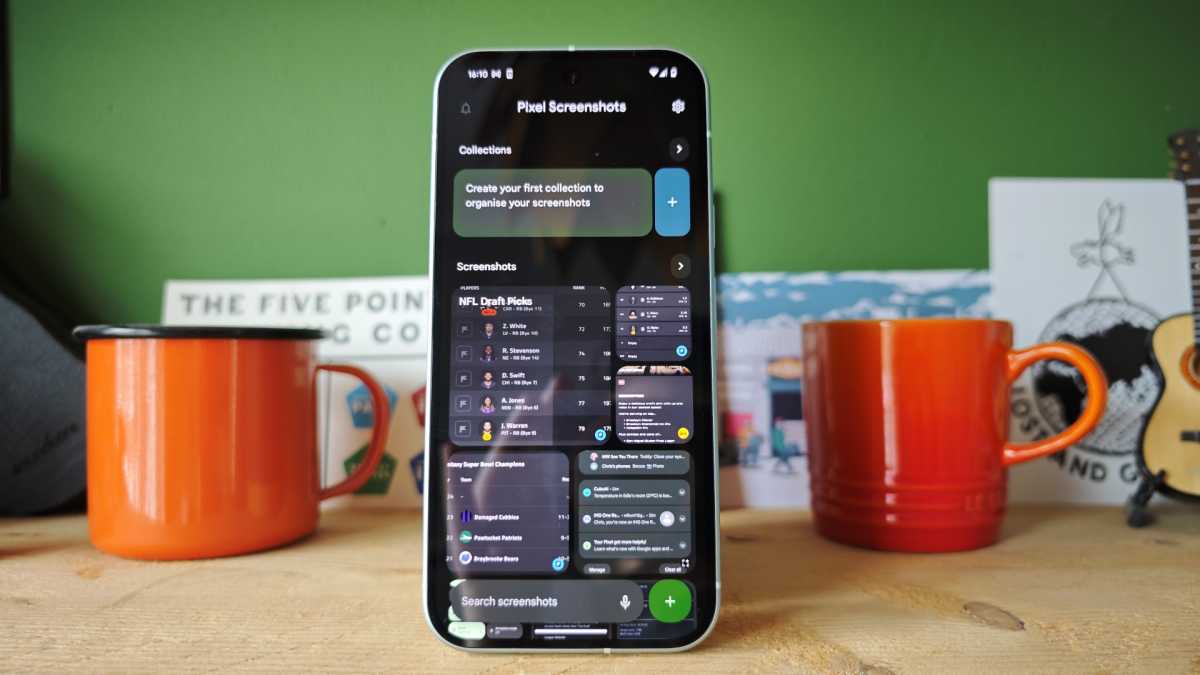
Chris Martin / Foundry
The more fully formed feature is the Pixel Screenshots app, which I think I’m going to find really useful. I take a lot of screenshots – restaurant menus, maps and all sorts – and the app not only collates them into their own app, but also lets you search for information within them. It works similarly to how you can search for ‘burgers’ in Google Photos and be shown any images which contain them.
It is likely to be a real time-saving boon for information you know is there somewhere but can’t find manually. However, it does beg the question as to why it isn’t just a feature of Google Photos.
Price & Availability
The final thing to mention is that the price has gone up once again. Over the past couple of years, the Pixel series has crept up and has reached £799/$799 for the cheapest model.
See our Pixel 9 deals round-up for everywhere you can buy one in the UK and US. Or use the widget below to find one of the best value contracts:
It wasn’t that long ago that the Pixel 6 and Pixel 7 were £599/$599 outright, so Google is now clearly positioning itself as a more premium option, rather than a value option, when compared to the likes of Apple, Samsung and the best smartphones money can buy.
It makes it hard to recommend and brings up the ‘buy last year’s model’ argument even more convincingly, especially as Google’s seven-year software promise applies to the Pixel 8 range which, of course, has been discounted now it’s the previous generation.
Find out which model we rank as the best phones you can buy.
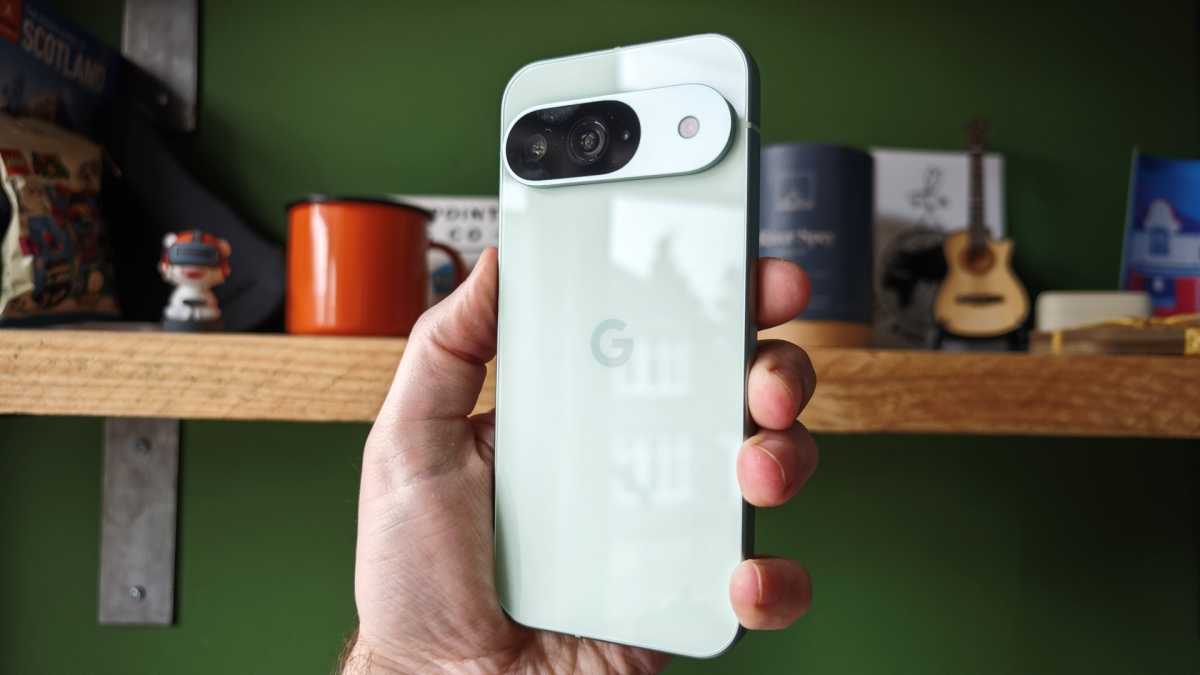
Chris Martin / Foundry
Should you buy the Google Pixel 9?
I’m more torn (and confused) about the Pixel 9 than I usually would be about Google’s phones.
The design is very iPhone, losing some personality, even if the build quality is more premium than any previous generation.
While there are various welcome hardware upgrades and a bunch of new software features, I’m not totally sure they are enough to justify another price hike. If you like the new look and are willing to go on a journey with Google on the road to AI (or ignore that stuff), then it will make for a solid phone.
AI aside, battery life and charging in particular need to be better for this to be a knockout. But there’s no denying it’s a very solid phone.
Specs
- Android 14
- 6.3-inch FHD+ 120Hz OLED
- Ultrasonic fingerprint scanner
- Face Unlock
- Google Tensor G4 chipset
- 12GB RAM
- 128GB/256GB non-expandable UFS 3.1 storage
- 4700mAh battery
- 27W wired charging
- 15W wireless charging
- 50Mp f/1.7 main camera
- 48Mp f/1.7 ultrawide camera
- 10.5Mp f/2.2 front camera
- Stereo speakers
- USB-C 3.2
- 5G
- NanoSIM +eSIM
- Wi-Fi 7
- Bluetooth 5.3
- IP68
- Gorilla Glass Victus 2
- 152.8 x 72 x 8.5 mm
- 198g
- Two year warranty




